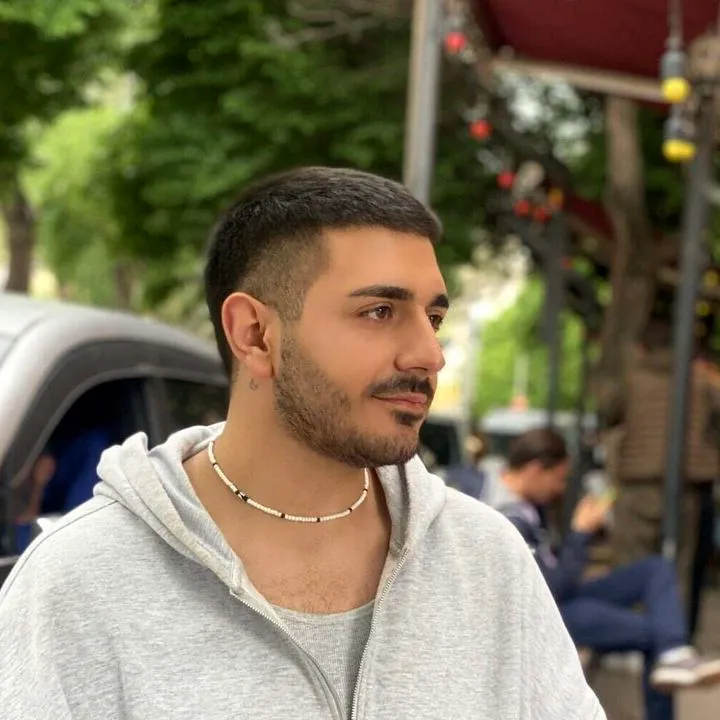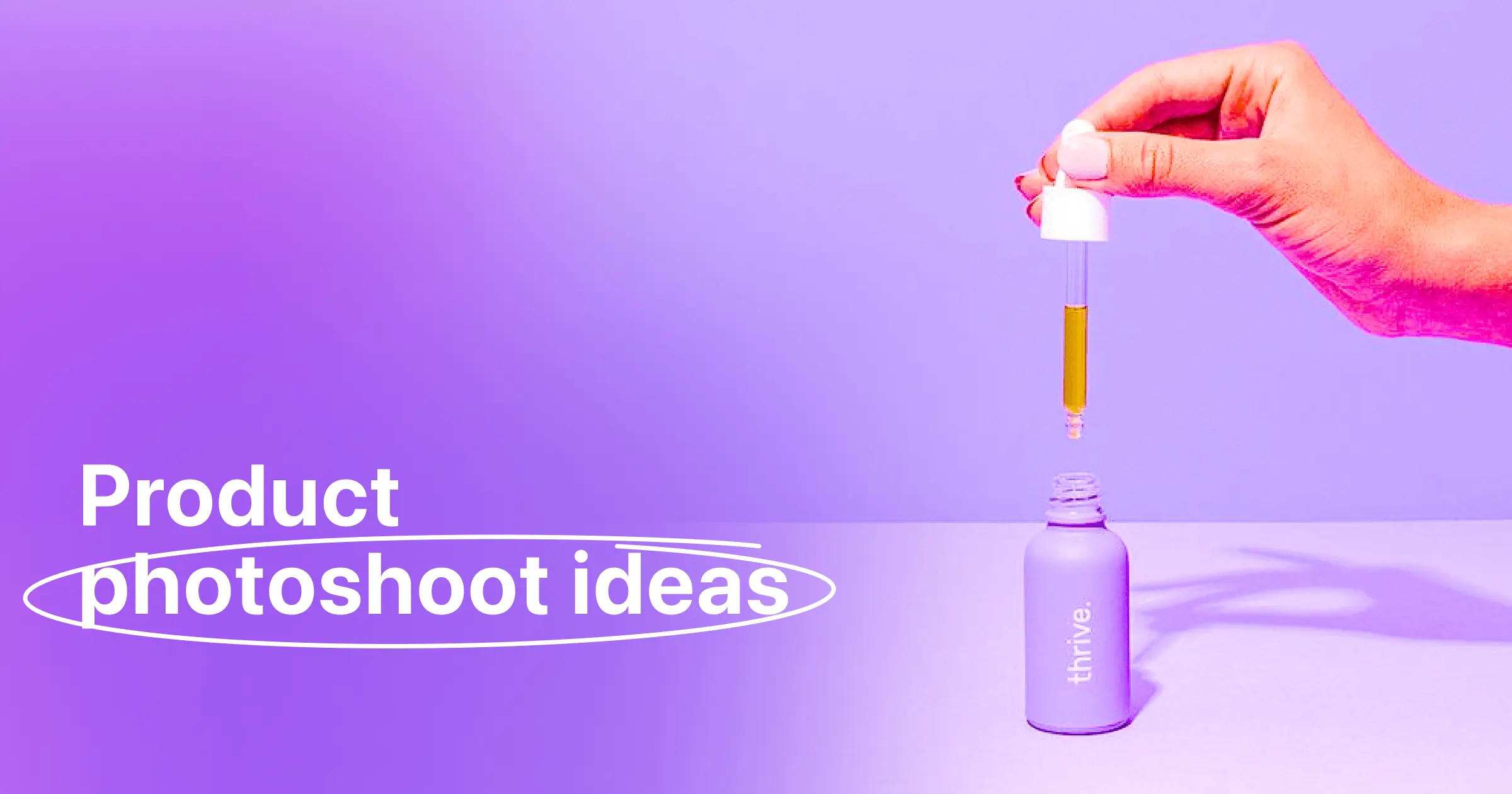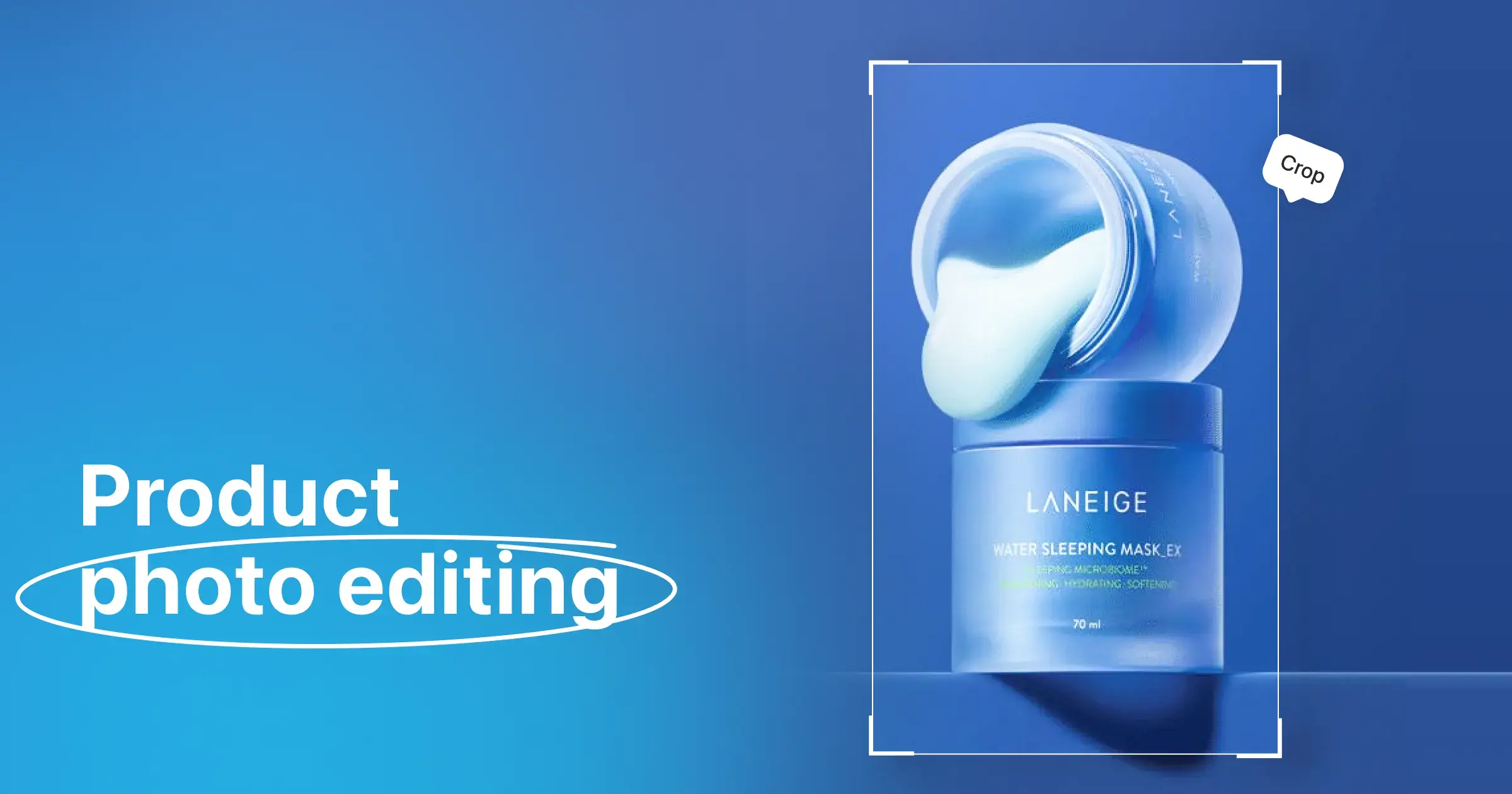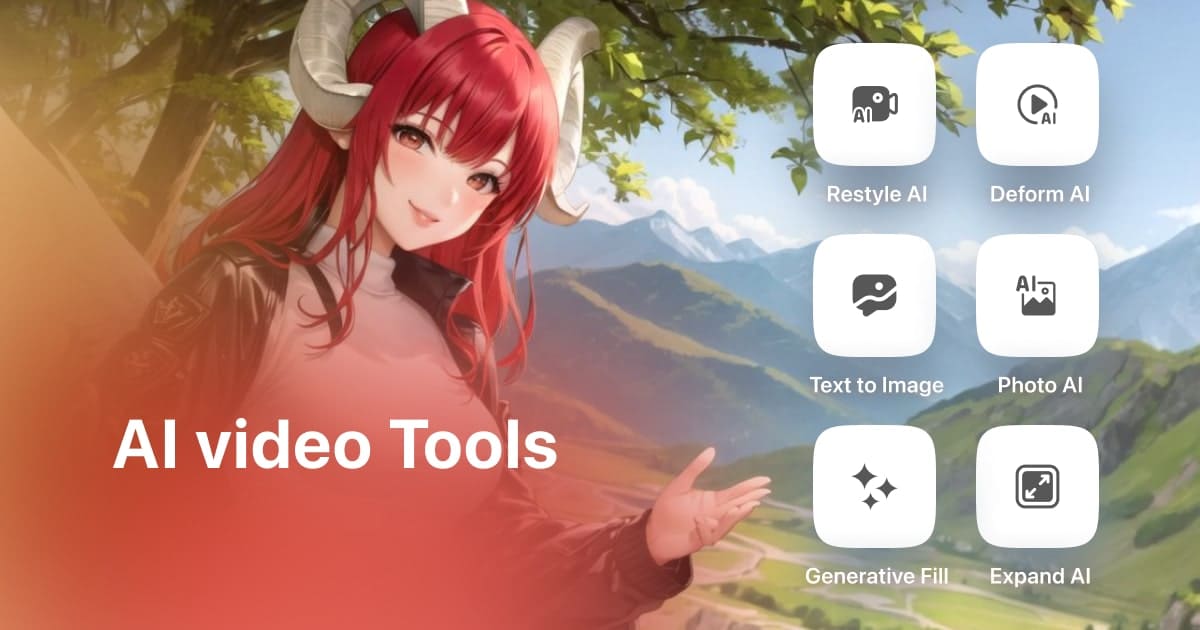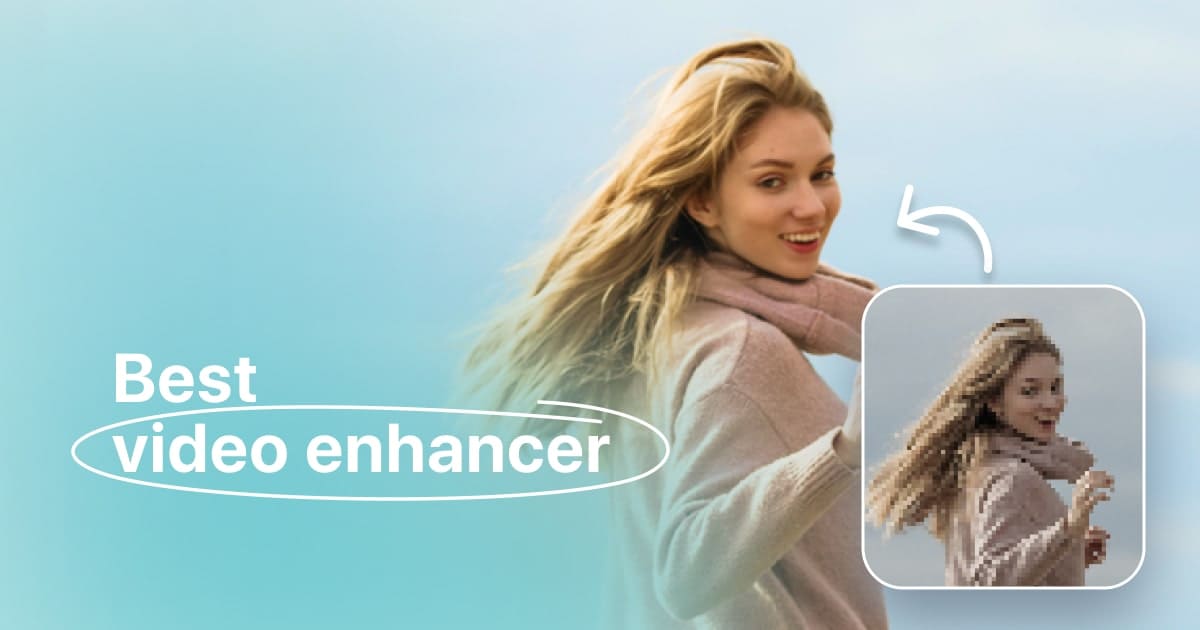Plans built for businesses
Pro + AI
For pro video creation
Advanced + AI
For users who want to generate video ads
*Billed yearly
Compare plans
What is AI Photography? The common uses, examples, and more
30 April, 2024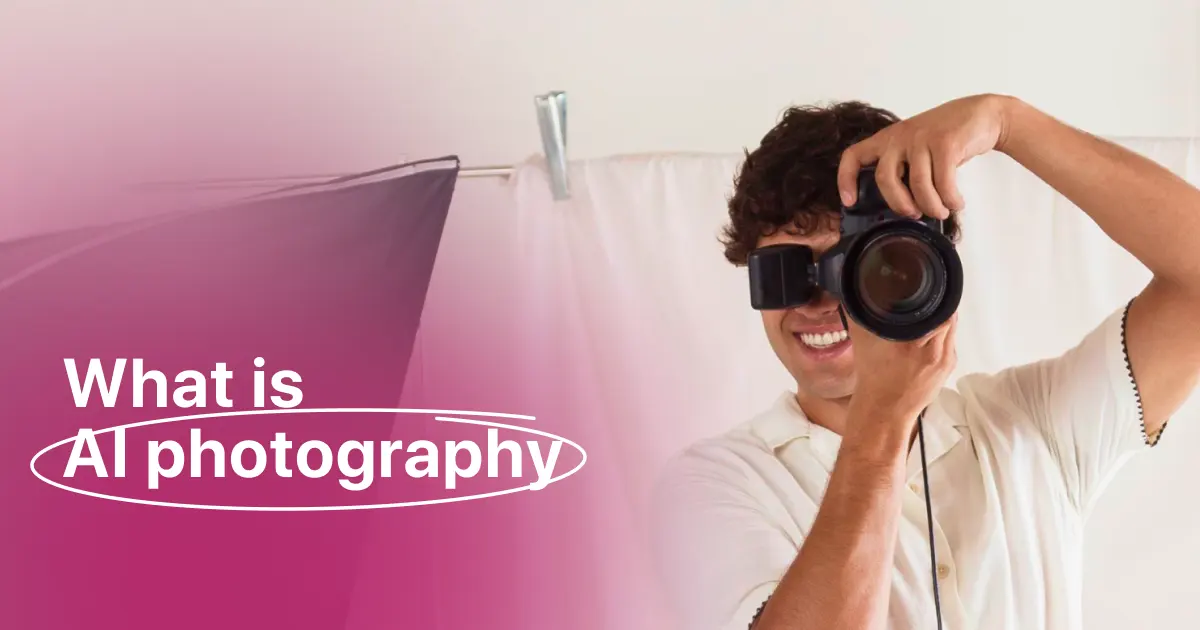
Is AI the future of photography? It's a question that lingers in the minds of enthusiasts, professionals, and technology aficionados alike. As the world continues its inexorable march towards the digital age, photography has evolved from a manual craft to a realm where artificial intelligence (AI) plays an increasingly pivotal role.
Gone are the days when capturing the perfect shot relied solely on the photographer's skill and timing. Now, with the advent of AI photography, the landscape has shifted, offering a tantalizing blend of innovation and automation. But what exactly is AI photography, and how is it shaping the visual narrative of our times?
Let's delve into the depths of this transformative technology, exploring its common uses, notable examples, and pondering its potential to redefine the very essence of capturing moments frozen in time.
What is AI Photography?
AI photography encompasses the integration of artificial intelligence with traditional photography techniques, marking a significant leap forward in visual innovation. At its essence, AI photography utilizes advanced algorithms and machine learning models to augment various aspects of the photographic process, from composition to post-processing.
One of the most transformative applications of AI in this field is evident in automated photo editing platforms like Zoomerang. With its AI Photoshoot Generator, the app positions itself as one of the most useful AI tools in the market. The tool is great since it allows users to create their AI model once, enabling them to automate their social media presence and ecommerce photoshoots, revolutionizing content creation.
These platforms leverage AI-powered tools to streamline the editing workflow, offering users an array of automated features to enhance their photos effortlessly.
From intelligent background removal and object recognition to automatic color correction and composition adjustment, AI-driven photography tools empower photographers of all skill levels to achieve professional-grade results with minimal effort.
Furthermore, AI algorithms in these platforms can intelligently analyze and optimize image quality, ensuring that every photo captures the essence of the moment in stunning detail. By harnessing the power of AI, these platforms not only simplify the editing process but also open up new creative possibilities, allowing photographers to focus more on capturing memorable moments while the AI handles the technical intricacies.
In essence, AI photography represents the future of visual storytelling, where seamless integration of artificial intelligence into the photographic workflow enables unparalleled efficiency and creativity. As technology continues to evolve, platforms like Zoomerang and others are poised to play an increasingly integral role in shaping the landscape of photography.
19 Common Uses of AI in Photography
AI has revolutionized the field of photography, offering many innovative applications that streamline workflows, enhance image quality, and unlock creative possibilities. Here are 19 common uses of AI in photography:
-
Photoshoot Generation: AI-powered editing tools like Zoomerang's AI Photoshoot Generator can create an uncountable number of studio-like photos by taking a few simple photos of your product.
-
Image Enhancement: AI algorithms analyze and optimize image quality by reducing noise, sharpening details, and improving overall clarity, resulting in visually stunning photographs.
-
Facial Recognition: AI enables facial recognition technology, allowing photographers to easily tag and organize photos based on the individuals present in the images.
-
Object Recognition: AI algorithms can identify objects within images, enabling features such as automatic tagging and content-based search.
-
Background Removal: AI-powered tools can accurately remove backgrounds from images, making it easier to isolate subjects or create composite images.
-
Smart Composition: AI can analyze composition elements such as rule of thirds, leading lines, and symmetry, providing recommendations to improve the overall composition of photographs.
-
Image Restoration: AI algorithms can restore old or damaged photographs by removing scratches, stains, and other imperfections, preserving precious memories for future generations.
-
Style Transfer: AI technology can apply artistic styles from famous paintings or photographs to digital images, allowing photographers to create unique and visually striking compositions.
-
Image Segmentation: AI enables precise segmentation of images into different regions or objects, facilitating advanced editing techniques such as selective color adjustments and background replacement.
-
Scene Recognition: AI algorithms can recognize scenes and landscapes within images, automatically applying appropriate adjustments or presets to enhance the visual appeal.
-
Image Captioning: AI can generate descriptive captions for images based on their content, providing valuable context and accessibility for visually impaired individuals.
-
Predictive Editing: AI-powered editing platforms can analyze a photographer's editing style and preferences, automatically applying similar adjustments to new images, thus maintaining consistency across a body of work.
-
Noise Reduction: AI algorithms can intelligently reduce noise in images, especially in low-light conditions, to produce cleaner and more visually appealing photos.
-
Depth Estimation: AI-powered depth estimation techniques enable photographers to create stunning bokeh effects and simulate shallow depth-of-field, adding depth and dimension to their images.
-
Image Recognition for Accessibility: AI can be used to recognize objects and scenes within images, providing valuable context and accessibility features for individuals with visual impairments.
-
Image Compression: AI-driven image compression algorithms can efficiently reduce file sizes without compromising image quality, making it easier to store and share high-resolution photos online.
-
Real-time Image Analysis: AI-powered cameras and software can analyze images in real-time to detect faces, objects, and scenes, enabling instant feedback and adjustments during photo shoots.
-
Virtual Try-On: In the fashion industry, AI-powered virtual try-on solutions allow customers to digitally try on clothing and accessories before making a purchase, enhancing the online shopping experience.
-
Automatic Tagging and Metadata Generation: AI algorithms can automatically tag images with descriptive keywords and generate metadata, making it easier to organize and search large photo libraries.
These additional examples further illustrate the diverse range of applications for AI in photography, highlighting its potential to revolutionize the way we capture, edit, and interact with images. As AI technology continues to evolve, photographers can expect even more innovative solutions to emerge, pushing the boundaries of what is possible in the world of photography.
AI Photography examples in various industries
AI has found its way into various industries, revolutionizing the way photography is approached and executed. Here are some examples of AI photography in different sectors:
1. AI Product Photography: AI-powered product photography solutions are invaluable for e-commerce platforms and businesses aiming to showcase their products effectively.

These systems can automatically generate high-quality product images by removing backgrounds, adjusting lighting, and enhancing details, thus saving time and resources while ensuring consistent visual appeal across product catalogs.
2. AI Food Photography:
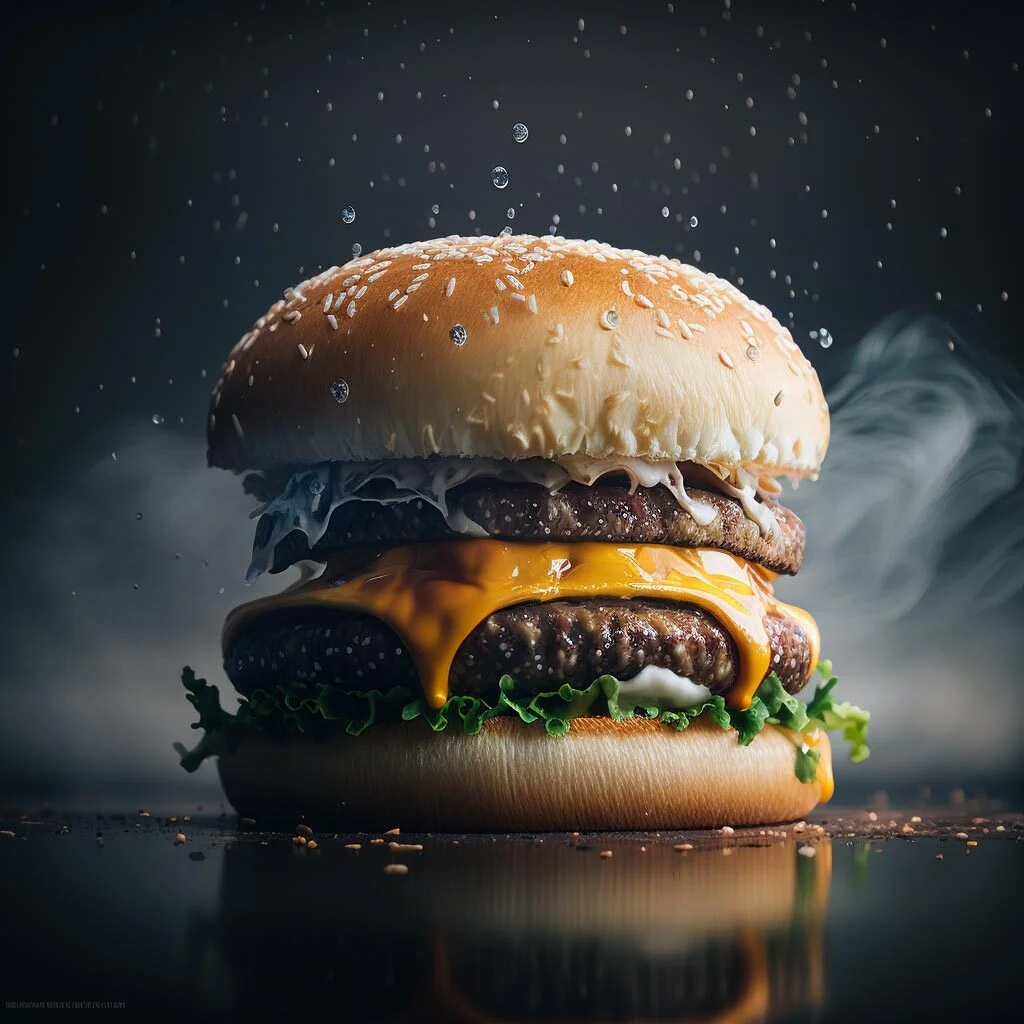
In the culinary world, AI-driven photography tools are utilized to capture mouthwatering images of dishes. These solutions can adjust colors, highlights, and shadows to make food appear more appetizing, enhancing the visual appeal of menus, cookbooks, and food-related content.
3. AI Fashion Photography:

AI technology is reshaping the fashion industry by streamlining the process of capturing and presenting clothing and accessories.
Fashion brands and retailers leverage AI-powered tools to create stunning visuals for their collections, including automated model posing, virtual try-on experiences, and personalized styling recommendations based on individual preferences.
4. AI Portrait Photography:

Portrait photographers benefit from AI-powered features that help enhance facial features, adjust skin tones, and remove imperfections to create flawless portraits. AI algorithms can also assist in selecting the best shots from a series of images, ensuring that each portrait captures the subject's personality and essence effectively.
These examples illustrate the diverse applications of AI in photography across various industries, showcasing its potential to revolutionize visual content creation and storytelling. As AI technology continues to advance, we can expect further innovation and integration of AI-driven solutions into the photography workflow, empowering photographers and businesses to achieve new levels of creativity and efficiency.
3 best AI photography tools and apps you should try now
1. Zoomerang:
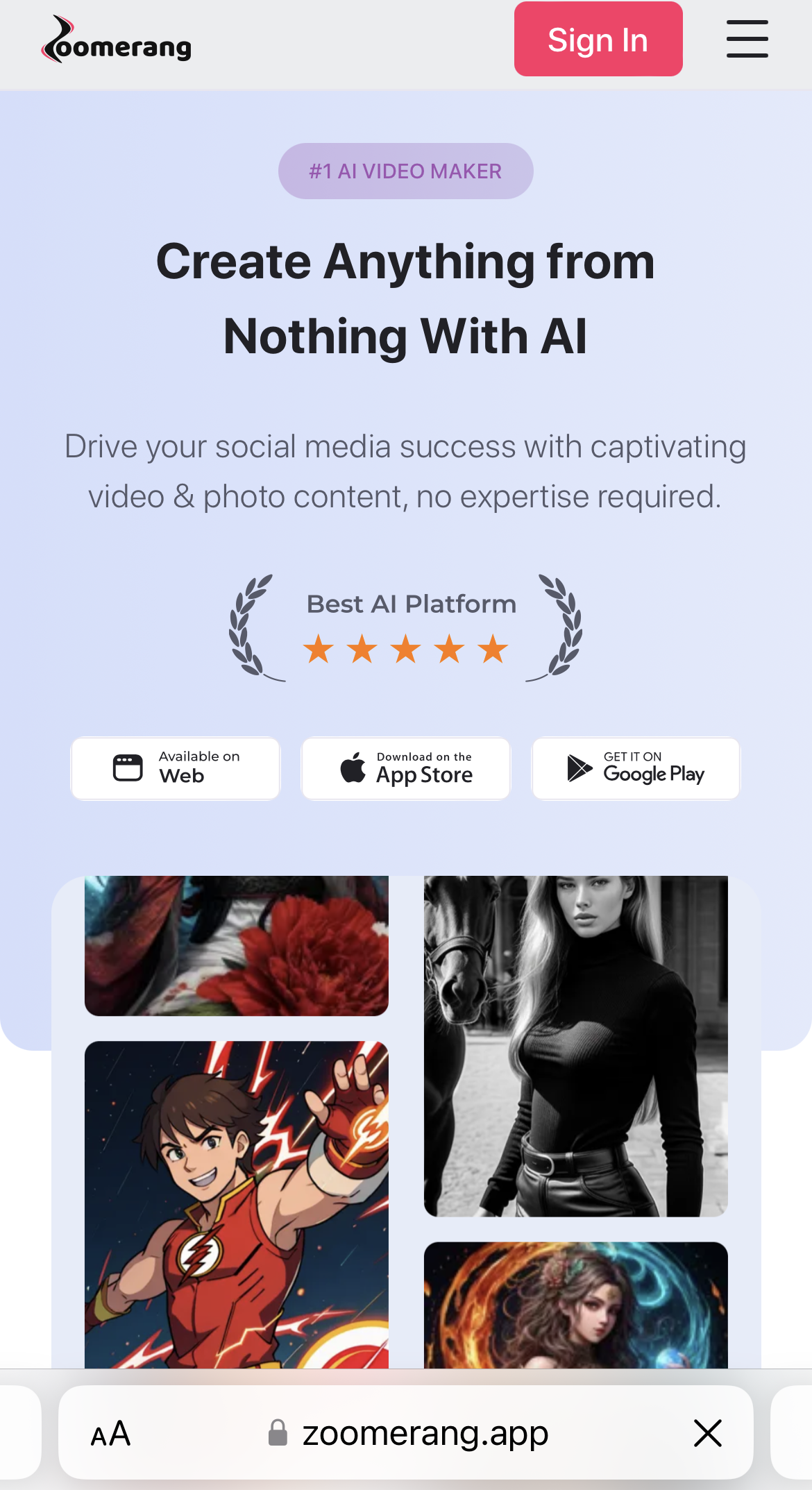
With its AI Photoshoot Generator feature, Zoomerang empowers users to effortlessly produce unlimited social media and ecommerce content with striking realism, all through intuitive text-to-image technology. Whether you're aiming for photorealistic, 3D, 2D, or other styles, Zoomerang boasts an impressive likeness accuracy of up to 99%.

One of Zoomerang's standout features is its simplicity. To train your own AI model and kickstart your creative journey, the process is streamlined into three straightforward steps:
Simply select Model Type ➡ Upload Images ➡Start Generation.
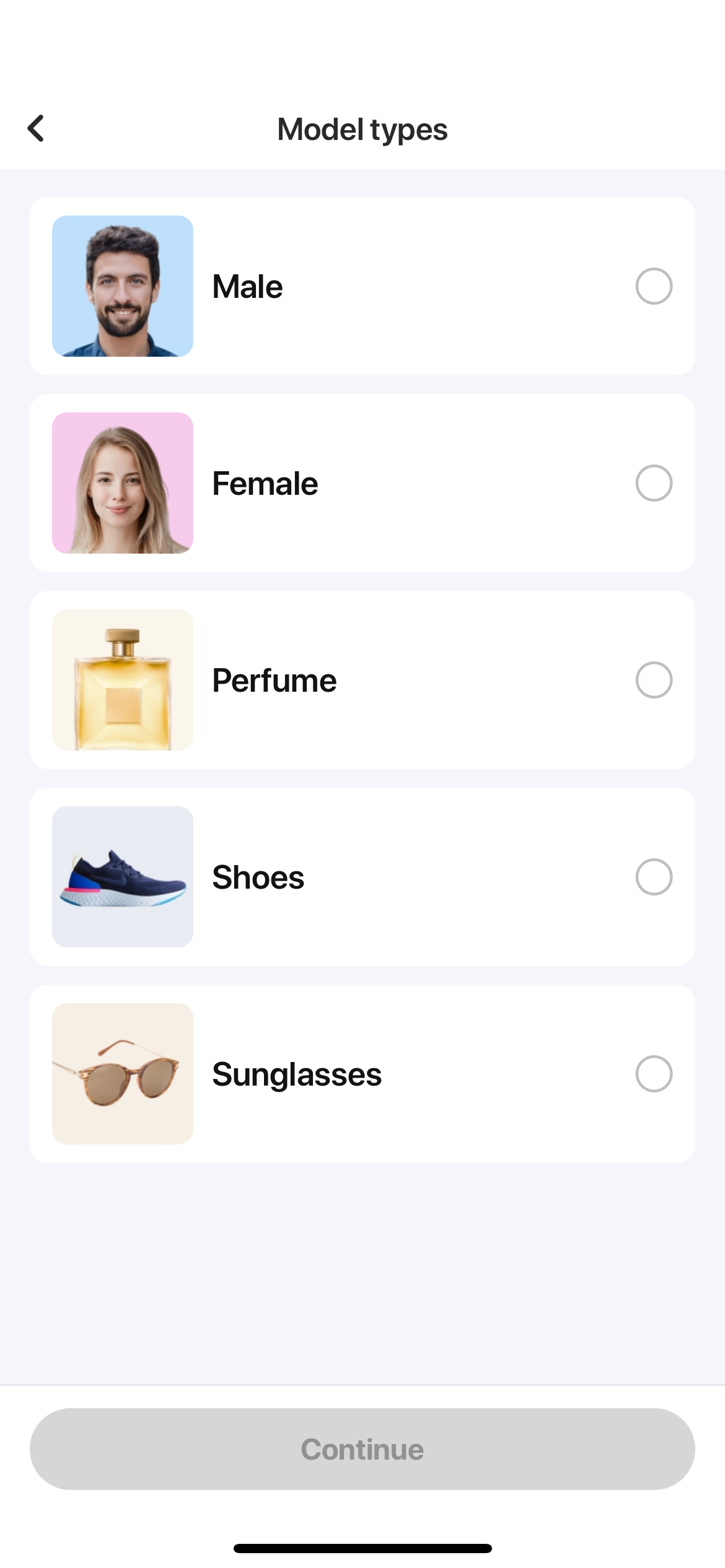
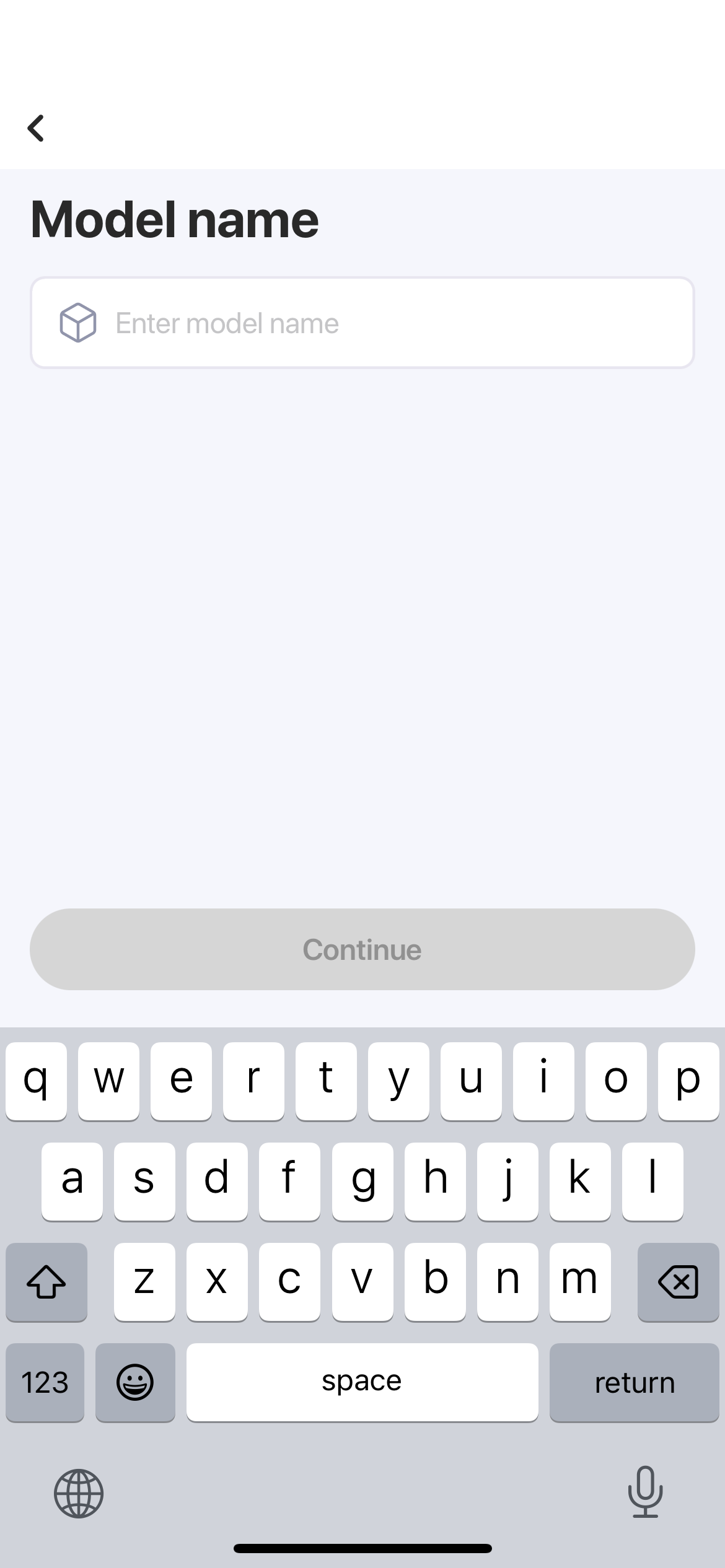

With just a click, you can go from a few photos to an eye-catching AI photoshoot that will ensure your gasp. Initiate the AI's creative prowess and witness the magic unfold as it brings your visions to life in stunning detail.
Zoomerang liberates users from the constraints of traditional photo studios and resource limitations. With this innovative AI technology, you can access a virtual photo studio that operates at minimal cost. Once you've crafted your AI model, the possibilities are endless. From organizing entire photoshoots to automating your social media presence, Zoomerang empowers you to create captivating content effortlessly.
2. Adobe Photoshop:

While not exclusively an AI photography tool, Adobe Photoshop incorporates AI-powered features that significantly enhance its capabilities.
From the groundbreaking Content-Aware Fill to the advanced Select Subject tool, Photoshop leverages AI algorithms to automate tedious tasks and achieve remarkable results.
Whether you're retouching portraits, compositing images, or creating stunning visual effects, Adobe Photoshop remains an indispensable tool for photographers and digital artists worldwide.
3. Luminar AI:
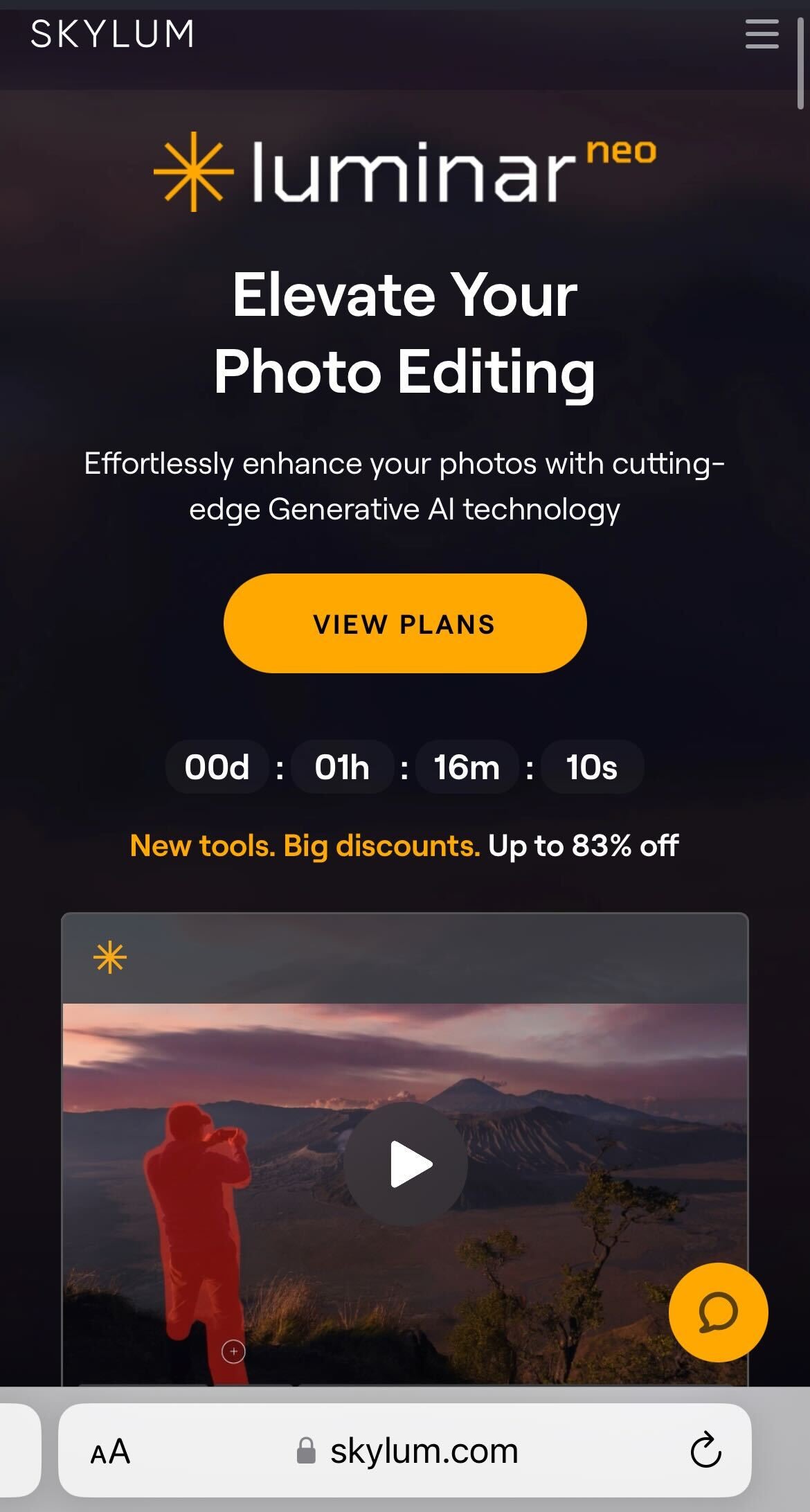
Luminar AI is another standout AI photography tool that offers a comprehensive suite of editing features powered by artificial intelligence.
With its innovative AI-driven tools like AI Sky Replacement and AI Structure, Luminar AI enables photographers to transform ordinary images into extraordinary works of art with ease. Whether you're looking to enhance landscapes, portraits, or cityscapes, Luminar AI provides a range of creative options to explore, making it a valuable addition to any photographer's toolkit.
With these three exceptional AI photography tools at your disposal, you can unlock new levels of creativity and efficiency in your photographic endeavors. Whether you're editing images on the go with Zoomerang, fine-tuning details in Adobe Photoshop, or exploring creative possibilities in Luminar AI, these tools promise to inspire and empower you on your journey towards photographic excellence.
Conclusion
As we navigate the ever-evolving landscape of digital imaging, it's clear that AI is poised to play an increasingly central role in shaping the future of photography. With its ability to analyze data, recognize patterns, and adapt to user preferences, AI has the potential to democratize photography, making it more accessible and inclusive than ever before.
In the end, whether AI is the future of photography remains an open question, but one thing is certain: AI has already left an indelible mark on the photographic landscape, reshaping the way we capture, share, and experience the world around us. As we continue to push the boundaries of technological innovation, the possibilities for AI in photography are limited only by our imagination.
While there are many AI tools specifically made for photography in market, Zoomerang stands out with its unique AI Photography tool, which not only allows you to get numerous professional looking photos with a few clicks but also serves as an amazing platform for both business owners and regular social media users. So, embrace the future, experiment with AI photography tools, and let your creativity soar.




